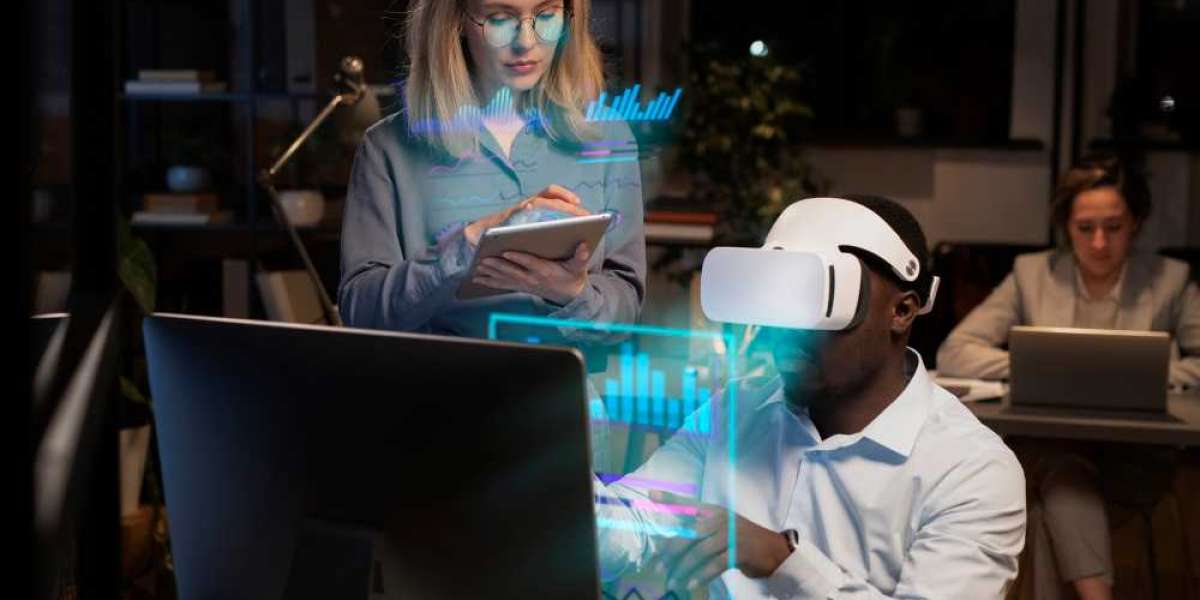In recent years, the construction industry has undergone a significant transformation, embracing technological advancements to streamline processes, enhance efficiency, and improve overall project outcomes. Among these innovations, Artificial Intelligence (AI) has emerged as a game-changer, revolutionizing how construction projects are planned, executed, and managed. From predictive analytics to autonomous machinery, AI is reshaping the landscape of the construction sector, pushing boundaries and unlocking new possibilities. Let's delve deeper into the realm of AI in construction and explore its multifaceted integration:
Predictive Analytics:
AI-powered predictive analytics algorithms analyze historical data to forecast project timelines, costs, and potential risks accurately. By identifying patterns and trends, AI enables proactive decision-making, allowing stakeholders to mitigate risks and optimize resource allocation.
Building Information Modeling (BIM):
AI enhances Building Information Modeling (BIM) by automating the process of creating and updating digital representations of construction projects. BIM combined with AI facilitates real-time collaboration among architects, engineers, and contractors, leading to more efficient project coordination and fewer errors during construction.
Autonomous Construction Machinery:
AI-driven autonomous construction machinery, equipped with sensors and cameras, can perform tasks such as excavation, grading, and material handling with precision and efficiency. These machines reduce the reliance on manual labor, enhance safety on job sites, and accelerate project timelines.
Quality Control and Inspection:
AI-powered drones equipped with cameras and sensors can conduct aerial surveys and inspections of construction sites, identifying defects, deviations, and safety hazards. By automating the inspection process, AI improves accuracy, reduces costs, and enhances overall project quality.
Virtual Reality (VR) and Augmented Reality (AR):
AI-driven VR and AR technologies simulate construction projects in virtual environments, enabling stakeholders to visualize designs and make informed decisions before construction begins. These immersive technologies enhance communication, minimize errors, and facilitate client engagement throughout the project lifecycle.
Smart Construction Materials and Equipment:
AI-integrated smart construction materials, such as self-healing concrete and adaptive insulation, optimize energy efficiency and durability, reducing maintenance costs in the long run. Smart equipment, equipped with AI algorithms, monitors usage patterns and performance metrics, enabling predictive maintenance and minimizing downtime.
Safety Monitoring and Risk Management:
AI-powered wearable devices and sensors track workers' movements and environmental conditions on construction sites, alerting supervisors to potential safety hazards in real-time. By proactively addressing safety concerns, AI enhances worker safety, reduces accidents, and mitigates liabilities for construction companies.
Sustainable Construction Practices:
AI algorithms analyze environmental data and optimize construction processes to minimize waste, energy consumption, and carbon emissions. By promoting sustainable practices, AI contributes to the construction industry's efforts to combat climate change and achieve long-term environmental sustainability.
Conclusion:
The integration of AI in construction represents a paradigm shift, empowering stakeholders to overcome traditional challenges and unlock new opportunities for innovation and growth. From predictive analytics to autonomous machinery, AI technologies are revolutionizing every aspect of the construction lifecycle, from planning and design to execution and maintenance. As the industry continues to embrace AI-driven solutions, it is essential for stakeholders to collaborate, invest in research and development, and adapt to the evolving technological landscape. By harnessing the power of AI, we can construct a future where construction projects are safer, more efficient, and more sustainable than ever before.








